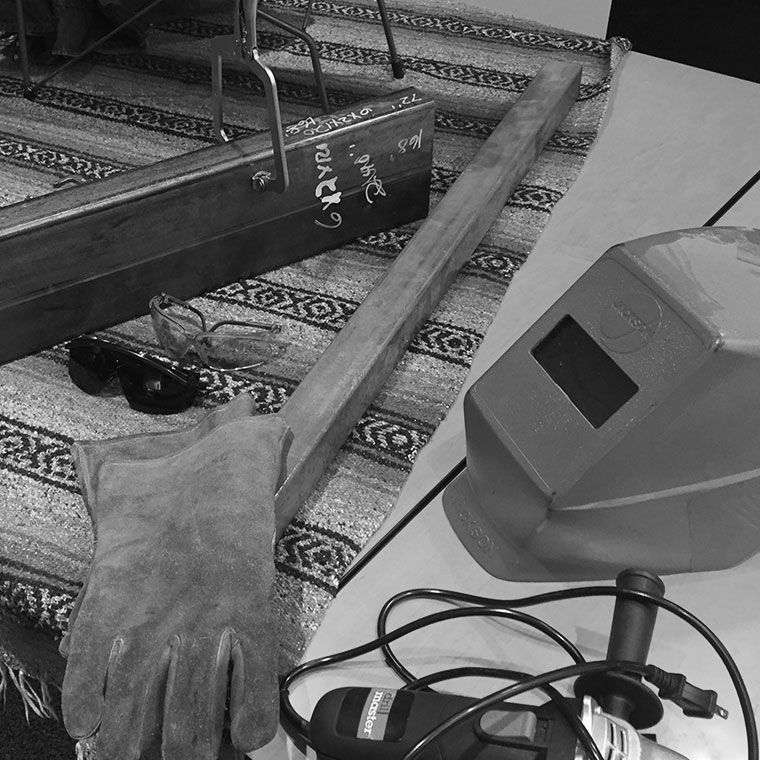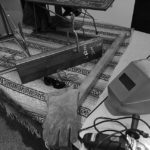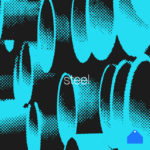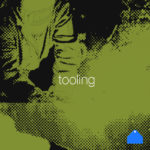Concrete, steel, and wood are the fundamental building blocks of the built environment, and when possible we will try and expose them. It is raw materials that give our buildings character: they are direct expressions of those who designed and built the edifice. No two pieces are alike. We love raw materials for their character and inherent language of honesty. They age with the building. It is good not to overdo it, but something as simple as raw steel can convey a sense of permanence and craftsmanship.
Typically, the majority of these materials may get covered in gypsum board or other ‘finish’ materials in order to provide a level of fire protection or acoustical rating required for a particular space. However, there are a number of opportunities in any given space to expose them. In addition to exposing the structure of the building, items such as furniture, hardware, lighting and stairs (among others) are all good opportunities to detail an exposed connection. And in the end these are typically the details that become the monuments of design.
With that in mind, at TLCD we recently held a quick ‘refresh’ workshop on steel. To fully comprehend the materiality of steel, we decided it was important to understand the processes that are used to tool it. Thus, the discussion for the most part revolved around the fabrication process: welding. It was the beginning of our ‘Designer’s Toolbox’ series, a set of talks and discussions aimed at invigorating the creative knowledge in the office and educating ourselves in materials, methods, and ideas in a profession where fabrication techniques are rapidly changing.
The discussion was meant less as a ‘presentation’ and more as an informative and informal talk. Challenging ourselves to take another look at the process was invigorating, but more importantly a reminder of why we do what we do. Our hope is that the discussion does not end here but is a continuous living dialog that informs our projects.








